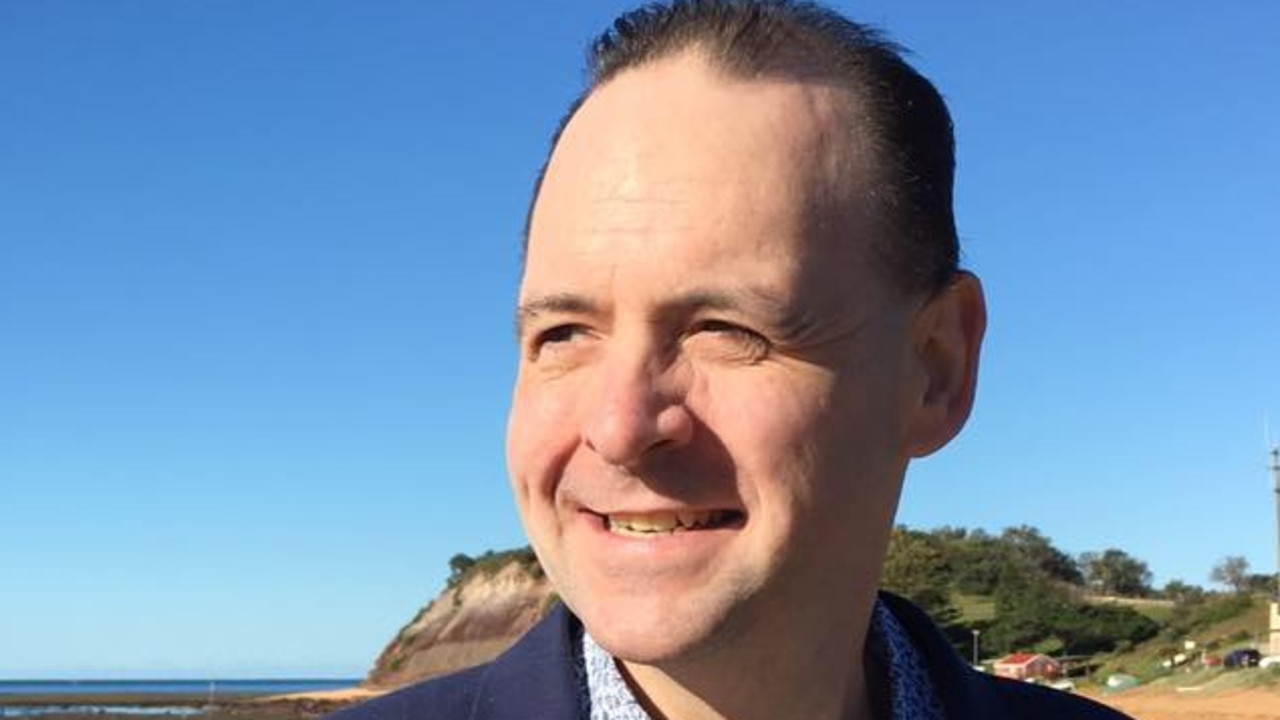NSW election 2023: Electorates that will decide who will be the state’s next premier
Two crucial seats will determine whether Premier Dominic Perrottet will be returned or ousted by Labor leader Chris Minns — but trying to label them as “Western Sydney” and treating them the same could be a fatal mistake.
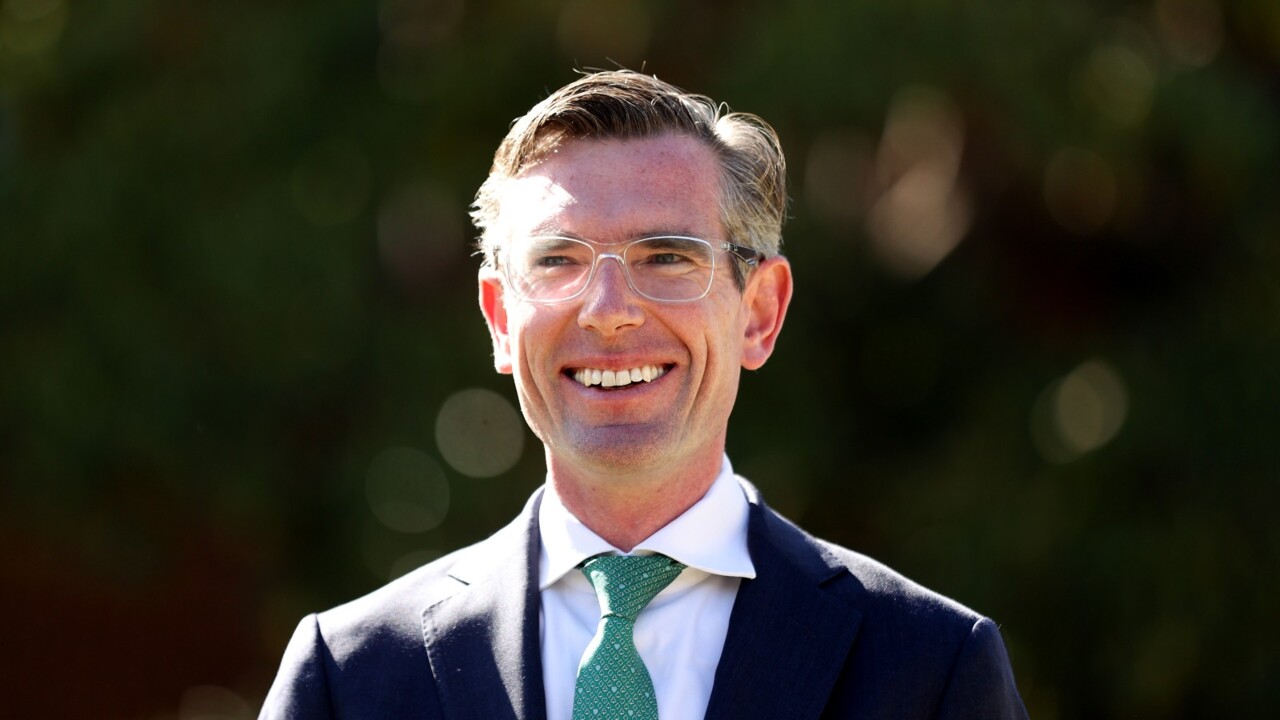
State Election
Don't miss out on the headlines from State Election. Followed categories will be added to My News.
Penrith and East Hills are set to decide the fate of Dominic Perrottet and Chris Minns, with both expected to be taken by whichever party will win the state election on March 25.
The two marginal Liberal-held seats are among six being targeted by Labor in Western Sydney.
That region will become the main battlefront in the election as Labor seeks to reclaim the heartland seats it lost in the 2011 wipe-out.
But Labor insiders warn that voters in the region can no longer be treated as a homogenous group – aka “Howard’s battlers” – with significant development, growth in wealth and population and the gentrification of older areas placing unique pressures on individual seats.
Some Labor insiders say Western Sydney has become more challenging for Labor to win.
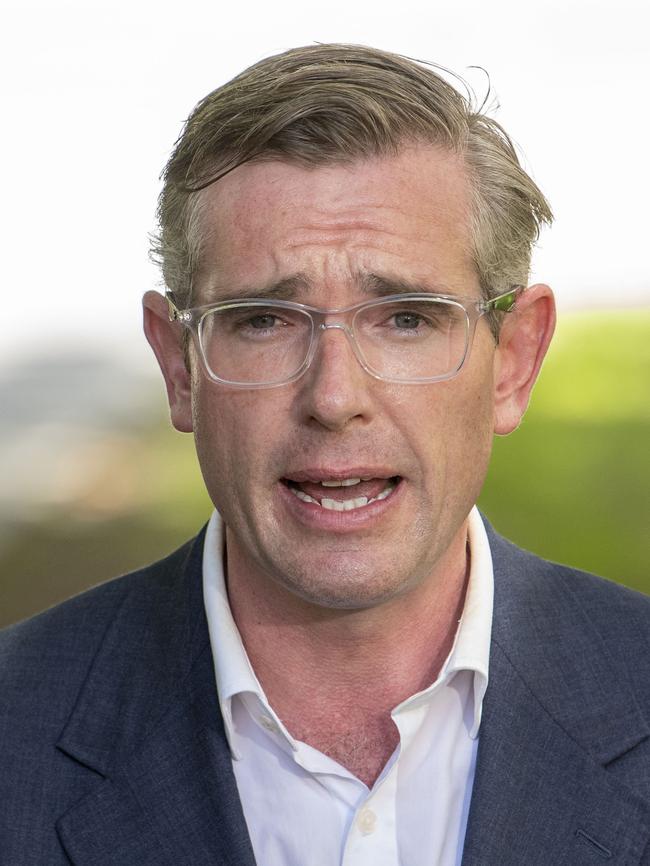
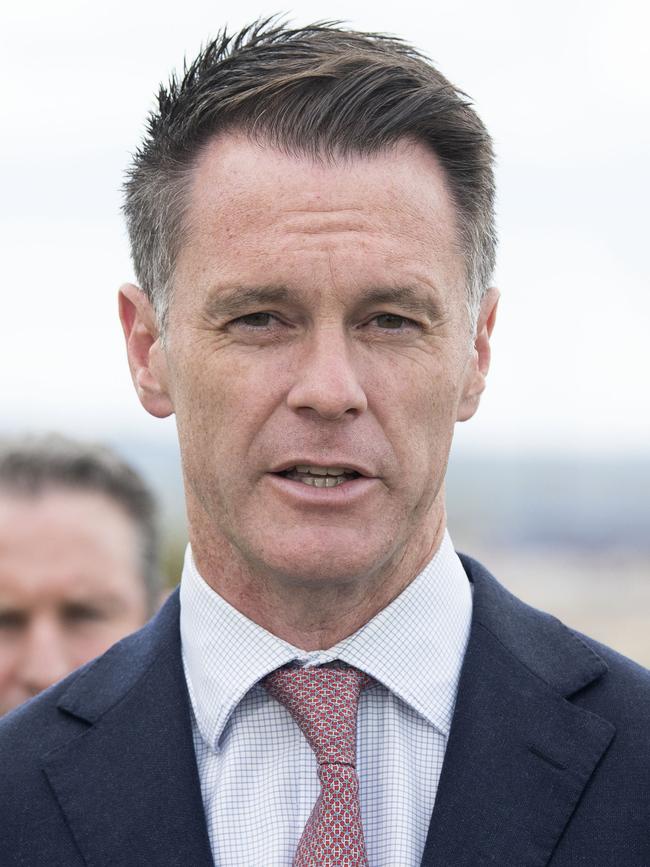
“Mount Druitt is quite different to Riverstone. There are now older suburbs that were established decades ago and new housing and land release area with younger families. Some of these new suburbs did not exist in 2011 (when Labor lost government),” the source said.
“There will be polling booths in March that were cow paddocks in 2011. The people that are moving into the new land release areas tend to be younger families, so their interests are obviously different to people who are older. Older people also tend to be more cynical.”
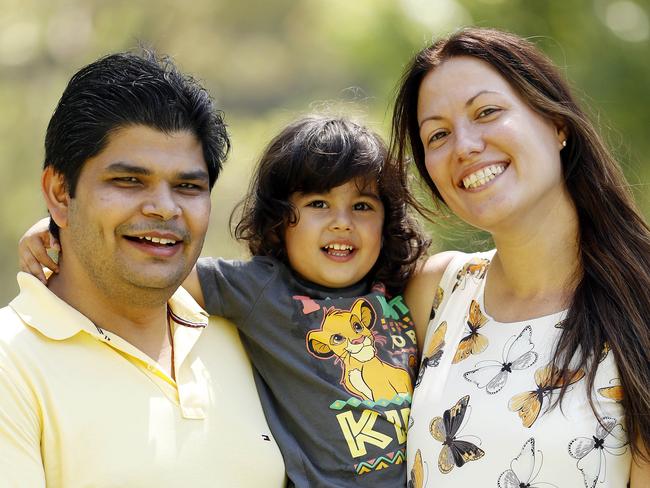
While the cost of living will be the main issue of the election, how it affects individual groups also differs.
“It’s not one-size-fits-all. For younger families it’s child care and education while for older people it’s more about gas and electricity. One big policy will not snag Western Sydney for Labor – the issues have to be really, really relevant to people.”
In Penrith, high-profile Liberal MP Stuart Ayres is also making the local stadium rebuild a key election issue, with the Coalition also hoping a pledge to elevate the wall of Warragamba Dam will cement votes.
In East Hills, Labor is running local Kylie Wilkinson with the party counting on delays to the local hospital upgrade to work against sitting Liberal MP Wendy Lindsay.
“If we can blast out Stuart and Wendy in Penrith and East Hills, we are on our way,” the source said.
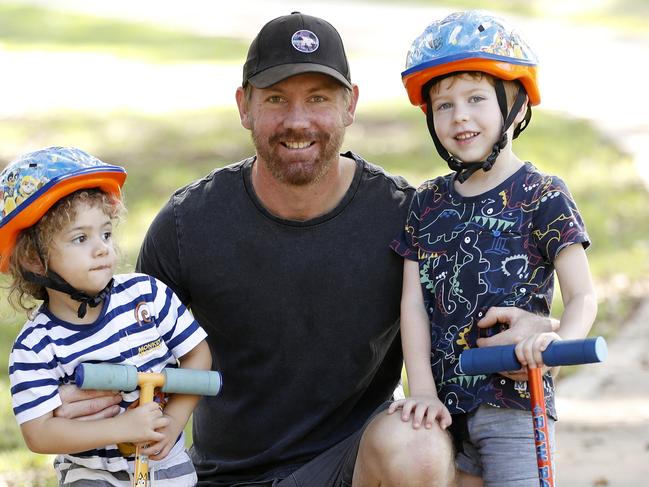
for how long and nothing happened.” - Jarrod Beekan, 33, a local government worker from Penrith with his kids Hunter, 5, and Cooper, 2. Picture: Tim Hunter
Labor also has its sights on Parramatta where voters have seen a dramatic transformation of their city but question whether essential services such as schools to keep up with growth could work against the Coalition.
“Classrooms are overcrowded and hospital wait times are up,” the source said. “Sydney has changed since 2011 – it’s bigger, more sprawled – and the state has changed.
“The growing pains are being felt.”
In Riverstone, there is residual anger among voters from the lockdowns while new land releases in the seat have brought in young families with concerns about school demountables.
In the southern suburbs, Labor also has its sights on Heathcote while Liberal seats in Sydney’s north are under threat from independents in Pittwater, Wakehurst, North Sydney and North Shore.
Some Labor insiders believe the seat of Wollondilly held by Liberal MP Nat Smith will also be at risk should a strong independent enter the race, with the area experiencing rampant development and the local council opposing the raising of the dam wall.
In the bush, the south coast is set to become another battleground with the pandemic contributing to a changing demographic in several key seats as cashed-up Canberra public servants joined Sydney office workers and retirees in a sea and tree-change.
“Coastal seats are becoming more challenging for the Libs,” the source said. “These are the kind of people that want action against climate change, are concerned about the environment.”
The preselection of a former NRL great Terry Campese to run as the Labor candidate in the seat of Monaro has put the seat once held by former Nationals leader John Barilaro under threat, while the Liberal-held seat of Goulburn has also been recently visited by Mr Minns.
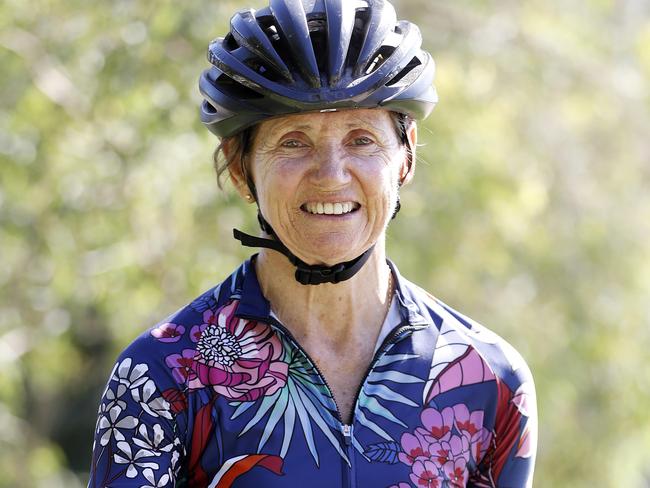
The party believes boundary changes in the Upper Hunter could put the mining seat back in Labor hands.
Labor is also hoping to take advantage of the departure of long-serving Liberal MP Shelley Hancock from the seat of south coast – her staffer Luke Sikora will run for the Coalition with Labor putting up local councillor Liza Butler.
Naturally it also wants to hold on to the seat of Bega, which it won at a by-election. The seat has only be held by Labor once under former premier Bob Carr and only for one term.
“Decentralisation has been slowly happening, but it’s been pushed along by WFH and the pandemic, particularly in the south coast,” the source said. “You saw what happened in Bega, and the fact Fiona Phillips held on for Labor in Gilmore.
“Just as the demographics are coming more challenging for Labor in Western Sydney, they are becoming more challenging for the Libs in other areas such as the south coast.”
Despite the opinion polls putting Labor in front, victory will require Labor to win at least five seats – and then ensure support from the Greens and one independent to toss out the government. It needs at least nine to enjoy an outright majority.
A Liberal source suggested Labor were likely to secure “two to three” such as Heathcote and Leppington but others were not a given.
A Labor source conceded if Labor was not winning a big “iconic” seat such as Penrith along with East Hills and Parramatta “then we won’t win government”.
Former NSW Labor leader Bob Carr, who picked up Penrith and Parramatta in 1991 but had to wait another term before winning in 1995, said the election will be tough but Mr Minns was looking good.
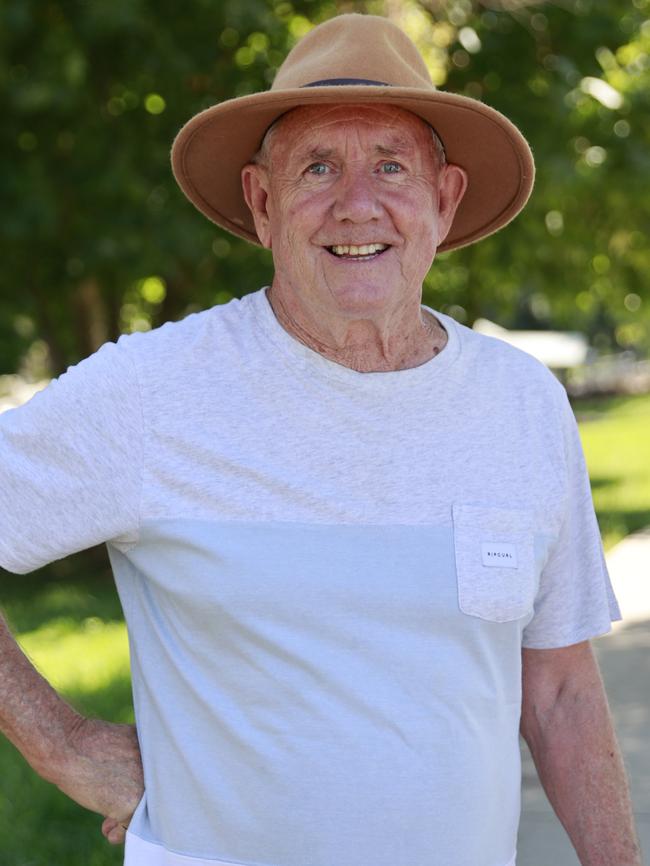
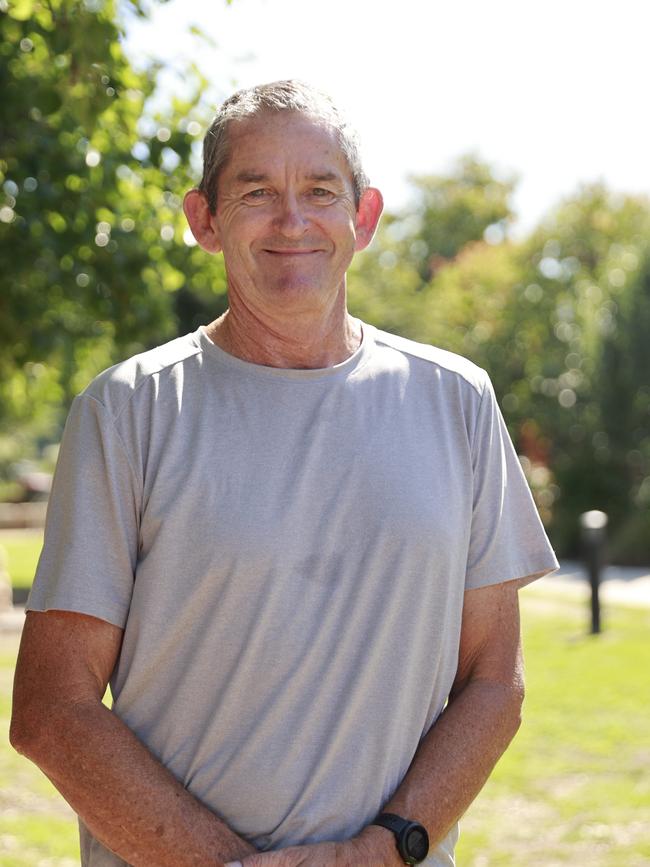
“There is nothing in his style or his beliefs that could turn voters away,” he said. “He presents for what he is, a decent alternative. The election will be tough. Labor has only gone from opposition to government in 1941, 1976 and 1995, but the big gain for Labor is this sense that this government has its best days behind it.”
The Coalition – already governing without a majority – will not only have to hold seats but try to win some in order to enjoy a majority.
It is likely that both parties will have to rely on the independents to reach the magic number of 47 seats.
Labor sources say an “anti-Scott Morrison” factor was still working against the Liberal brand.
There was also the question of how many Chinese-Australians still angry at the Morrison government would punish state Liberals.
While the Coalition has the benefit of having been in government for more than a decade, with an impressive list of significant infrastructure projects under its belt along with having navigated the state through a pandemic, a veteran Liberal warned against a backward-looking campaign.
“People … want to know what’s in store for the future and how are you going to face the new challenges.”
ORANGE IS THE NEW TEAL
Popular Northern Beaches Mayor Michael Regan may have entered the race for a Liberal seat as an independent – but don’t call him a “Teal”.
The long-serving independent Sydney mayor has always used the colour orange for his local government campaigns – he was elected mayor of Warringah Council in 2008 before being voted in as mayor of Northern Beaches after the council amalgamations – and has no plans to switch colours.
“The Teals changed the colour without my consolation,” he joked of his fellow federal independents.
“The beauty of being an independent is that we don’t need to be all lumped into the one basket. My colours will be maroon and white – with a splash of orange”.
After months of speculation, Mr Regan confirmed he will run for the seat of Wakehurst, adding further pressure on a Coalition already governing without a majority.
It means the Liberals will now have to divert effort from the West into sandbagging yet another of its traditional blue-ribbon seats.
While Mr Hazzard had enjoyed a 21.9 per cent margin, the retirement of the veteran MP along with the “Teal wave” that annihilated the Liberals federally means the Libs cannot take the seat for granted.
Mr Regan, whose wife Bronwen Thomas was chief-of-staff for Warringah “Teal” Zali Steggall, will campaign on overdevelopment, cost-of-living and congestion.
He said the decision by the state government to progress a plan to raze bushland for homes and shops was the “clincher” that prompted his nomination.
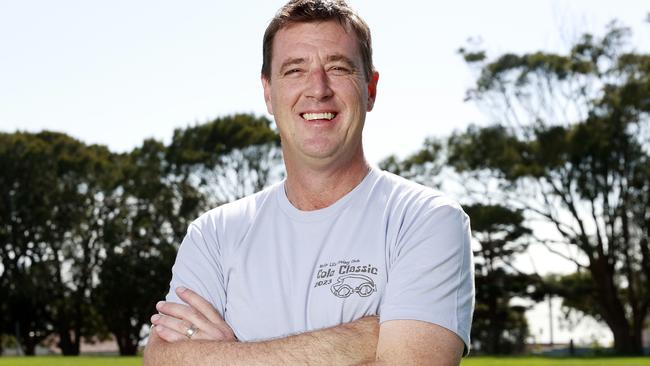
Dubbed “Lizard Rock” by locals, the 71-hectare site is at the centre of a bitter stoush between residents wanting to protect the local bushland and the Metropolitan Local Aboriginal Land Council, which owns and wants to develop the land.
“That decision was the latest example of the state government ignoring the very strong voice of the Northern Beaches community – and to announce it on the eve of Christmas – December 23rd – was just disrespectful,” he said.
Mr Regan, who grew up in Western Sydney but has lived in Wakehurst for 20 years, said there was only so much he could do on council with many of the areas’s challenges requiring state government initiative and approvals.
“We deserve a state member who is not guided by party interests or factions,” he said.
On the “Teal” issue of climate change, Mr Regan praised Energy Minister Matt Kean and Pittwater MP Rob Stokes for “stepping up” on emissions targets – “And I like the look of their EV policy.”
“ I want to see interest free loans for households to install solar power, more accessible EV charging stations and better planning to protect our homes and communities from bushfires and floods,” he said.
Mr Regan said there were significant traffic congestion and public transport problems that urgently needing fixing, along with better bus routes. Interesting, given Labor’s stated pledge to dump the proposed “Beaches Link”.




